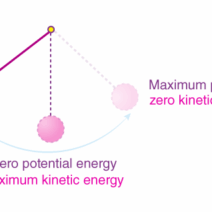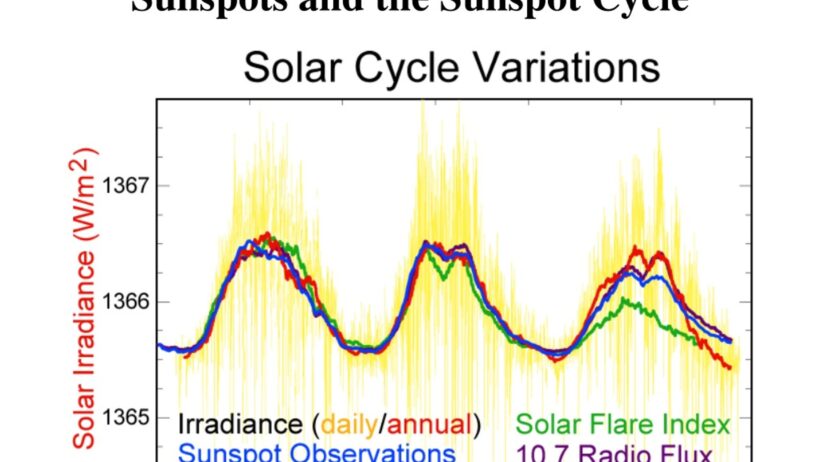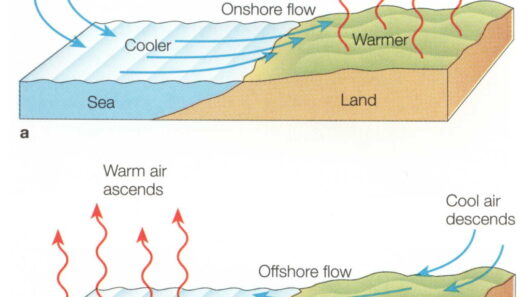
learn.arcgis.com
Cold ocean currents are a captivating phenomenon that plays a vital role in regulating the planet’s climate and shaping the future of weather patterns. These currents, which flow from polar regions towards the equator, significantly impact the distribution of thermal energy across the globe, influencing everything from regional climates to global phenomena such as El Niño and La Niña. Understanding the dynamics of cold ocean currents is crucial for comprehending not only the present state of our climate but also the future trajectory of weather systems.
To grasp the significance of cold ocean currents, one must first understand the mechanisms of ocean circulation. The ocean is not a static body of water; it is a complex system of interconnected currents driven by factors such as wind patterns, the Earth’s rotation (the Coriolis effect), salinity differences, and temperature gradients. Cold ocean currents, such as the California Current or the West Australian Current, arise primarily from the poles where water temperatures are naturally lower. These currents flow across vast distances, interacting with warmer currents and thereby influencing atmospheric conditions.
One of the most compelling aspects of cold ocean currents is their role in heat distribution. As these currents transport cold water southward, they simultaneously replace the warmer surface water, leading to significant cooling effects on nearby landmasses. For instance, the cold Peruvian Current contributes to the arid desert conditions of coastal Peru by promoting upwelling, which brings nutrient-rich waters to the surface but keeps air temperatures cooler than would otherwise prevail. This interaction leads to ecosystems that thrive amid these harsh conditions, showcasing the intricate balance of marine life and climate.
The phenomenon of upwelling, fueled by cold ocean currents, also has broad implications for weather patterns. When colder water rises to the surface, it displaces warmer water and promotes the formation of clouds. This process can lead to enhanced precipitation in certain regions, which can profoundly impact agriculture and freshwater supplies. Conversely, areas away from these currents may experience dryness, impacting local ecosystems and livelihoods. Understanding these meteorological connections is crucial, especially in a world grappling with the challenges of climate change.
Moreover, cold ocean currents interact dynamically with the atmosphere, exerting a stabilizing influence on weather systems. The thermal properties of the ocean have a moderating effect on regional climates, providing a buffer against extreme temperature fluctuations. For example, the cold waters off the coast of Greenland help to maintain cooler air temperatures in the region, while simultaneously influencing weather patterns across the North Atlantic. This creates a feedback loop where the interplay between ocean currents and atmospheric circulation governs not only local weather but also broader climate trends.
As climate change continues to alter the global landscape, the understanding of cold ocean currents becomes even more critical. Warmer ocean temperatures are expected to impact the strength and direction of these currents, potentially leading to widespread changes in weather patterns. For instance, the weakening of the Atlantic Meridional Overturning Circulation (AMOC), a vital component of global ocean circulation, could drastically affect weather in Europe and North America, leading to colder winters and erratic weather events.
Additionally, the alterations in cold ocean currents can contribute to the development of more extreme weather events, including hurricanes and cyclones. As warm water temperatures fuel these systems, the presence of cold currents can either weaken or strengthen such storms depending on their location. The interplay of these factors illustrates the complexity of ocean-atmosphere interactions and emphasizes the need for comprehensive monitoring and modeling of ocean currents in a warming world.
The implications extend beyond immediate weather phenomena, as the effects of cold ocean currents resonate through ecosystems and economies. Fisheries often depend on the nutrient upwelling associated with cold currents, and any significant alteration in these currents could threaten the livelihoods of millions who rely on them. Furthermore, the disruptions in marine biodiversity can adversely affect global food security as species migrate in search of suitable habitats, driven by shifting currents and climates.
Studying cold ocean currents and their influence on weather patterns provides an opportunity to gain insights into potential future scenarios. By examining historical data and employing advanced climate modeling techniques, scientists can simulate different climate trajectories and their associated impacts. This work is essential, as it informs policy decisions regarding climate adaptation and mitigation efforts.
Moreover, engaging with this topic promotes a deeper understanding of our relationship with the environment. The fascination with cold ocean currents lies not only in their immediate effects on weather patterns but also in their reflective nature, symbolizing the interconnectedness of Earth’s systems. Every change in ocean currents reverberates through atmospheric conditions, ecology, and human society, underscoring the importance of stewardship and conservation.
In conclusion, the influence of cold ocean currents on climate and weather is central to understanding the complexities of our planet’s systems. As we continue to observe changes in these currents due to climate change, it becomes increasingly crucial to delve into their mechanics and consequences. Preserving the balance of oceanic and atmospheric interactions will be imperative in ensuring a stable climate and a resilient future for weather patterns across the globe.




